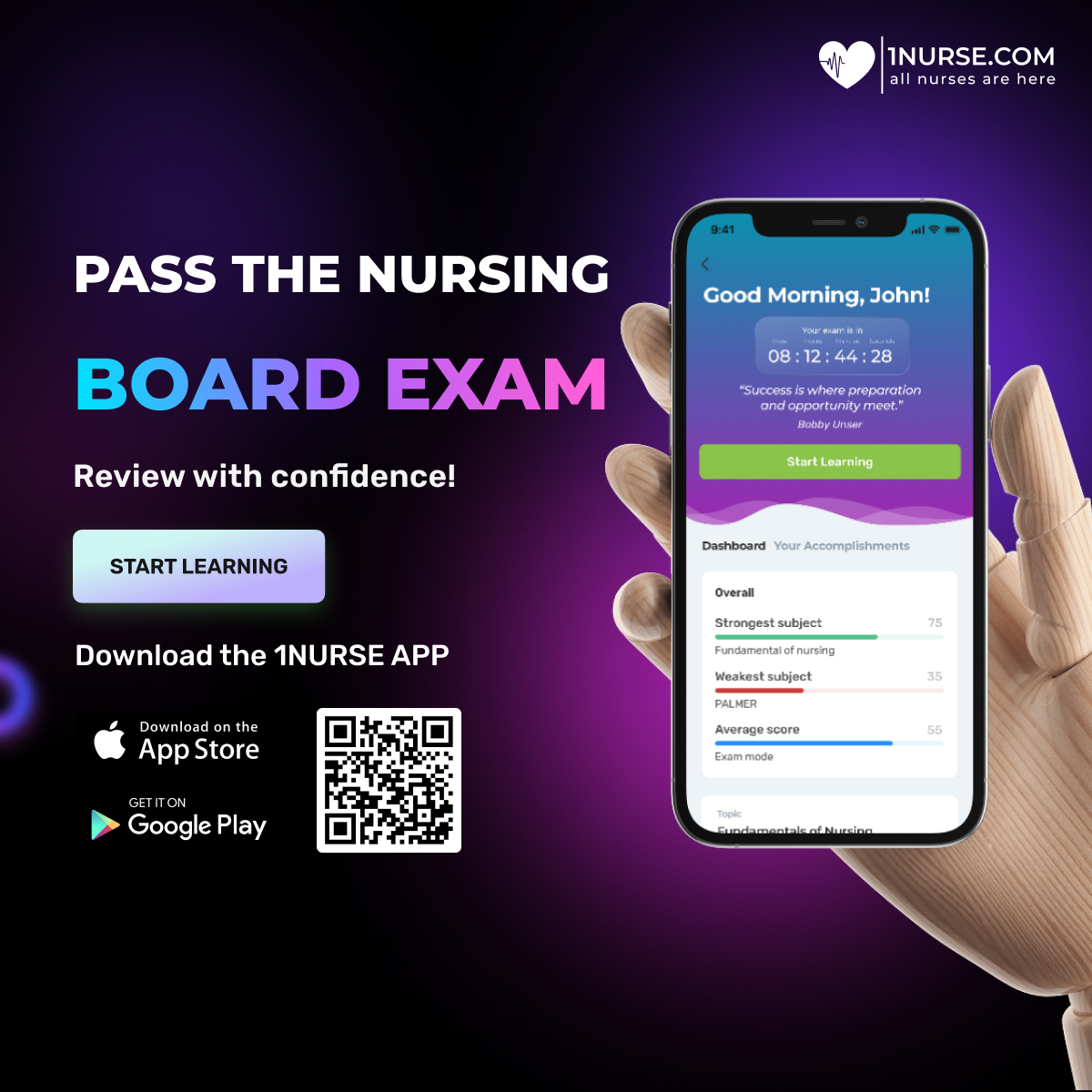Seeing a family member with a feeding tube is never easy. A feeding tube (or nasogastric tube) is frequently required for people with trouble swallowing. This permits them to acquire the nutrients they require safely. Feeding tube management might be difficult for first-time caretakers in particular. Providing home caregivers with quality improvement training in nursing skills is critical for caring for patients at home, especially those who require nasogastric intubation.
Different Types Of Enteral feeding
Patients in hospitals and home care settings frequently require nutritional supplementation by enteral feeding. Enteral nutrition can be given by nasogastric, nasoduodenal, or nasojejunal routes.
The administration of nutrients from the nasal passage into the stomach via a feeding tube is known as nasogastric tube feeding. Nasoduodenal, on the other hand, refers to a pathway through the nose into the duodenum, commonly with a feeding tube as the route of enteral nutrition supply. While nasojejunal Tube (NJT) uses a thin, soft tube that is introduced through a patient's nose, down the back of the throat, and into the jejunum via the esophagus, stomach, and pyloric sphincter.
Nurses' vs. Caregivers' Responsibilities in NGT Feeding
Although experienced nurses handle specific NG tube operations, caregivers can learn to administer the daily NG tube feeding at home. Caregivers frequently perform tasks such as daily care of the NG tube, food delivery, monitoring for indicators of tube dislodgement or other difficulties, and ensuring the tube is changed as needed.
Food preparation
Food for NG Tube feeding is usually watery in form. The precise food and/or medication, as well as the frequency of feeding, are dictated by the patient's condition. The doctor or dietitian will advise you on which meals to eat and which to avoid. The patient and family can choose between ready-made liquid formulas and cooking their own food. Food should be chilled to a temperature that is agreeable for the patient before feeding.
NGT Placement
To fix the tube to the patient's nose, an adhesive is typically used. This avoids accidental removal or misalignment. The nasal tape should be changed daily or whenever it gets loose. Because these patients will be supported in shifting positions frequently, caregivers must ensure that the tube is not pulled out during this procedure.
It is also possible to unintentionally remove the NG tube while sleeping. Caregivers should never try to reinsert the NG tube at home in such instances. Instead, consult with a doctor for more information.
Hygiene and Oral Care
Individuals with NGT frequently use tape to secure the tube, which can irritate the face. The most important thing to keep in mind is to rotate the tube from one nostril to the other. Rotation not only protects the nostrils and inside of the nose, but it also allows the skin to heal where the tape was. The frequency with which you spin your nostrils is determined by the patient and the doctor's instructions.
Even if the patient isn't eating or drinking orally, oral care is essential. In fact, those who do not eat orally frequently require greater oral care since they do not create as much teeth-cleaning saliva as those who do. Furthermore, the skin around the feeding tube must be kept dry and clean. This aids in the prevention of discomfort and infection. Even when food does not pass via the mouth, it must be washed.
It is the nurses' responsibility to deliver quality improvement training for NGT to home carers. Perform your assessment and inquire whether carers comprehend the guidelines. You can also offer caregivers a guide sheet and a phone number to call in case of an emergency.
Download the app for easier use
Healthcare jobs for you









